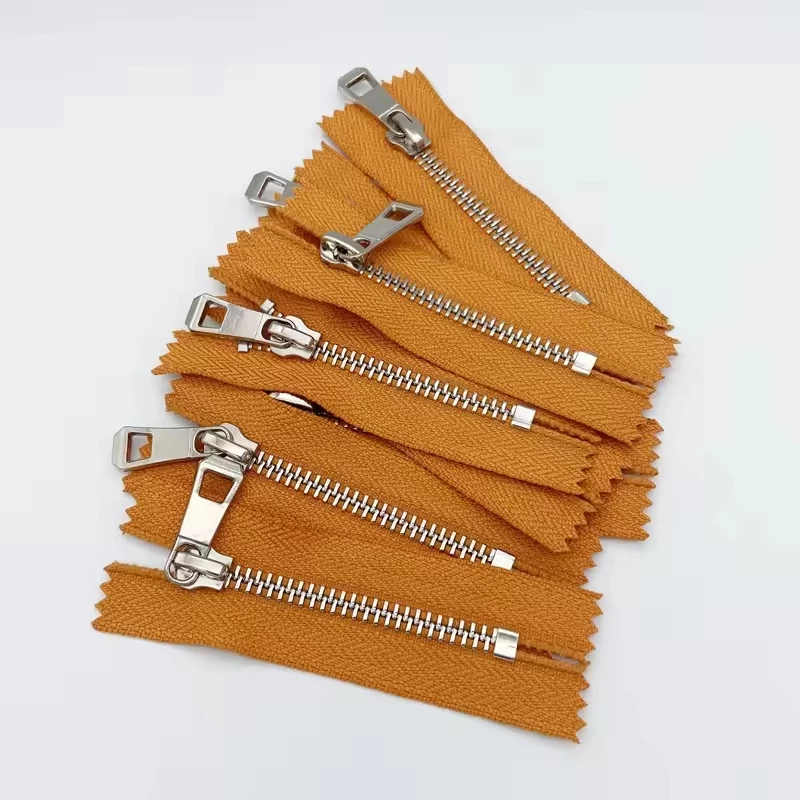
 Apr 11,2024
Apr 11,2024
 BSL
BSL
Strong oxidizing bleaches such as sodium hypochlorite are often used in bleaching treatments. Such oxidizing bleach may react with the copper on brass zippers and cause discoloration of metal parts (including chain elements, sliders, top and bottom stops, openings, etc.). Likewise, bleaching with chemicals such as hydrogen peroxide and hydrosulfite sulfide may cause zipper discoloration.
The degree of discoloration of metal zippers will vary depending on the type of bleach, length of treatment, and temperature. Sometimes, not only the metal parts but even the fabric straps of the zippers may be bleached to the point of fading.
1. Where feasible, try to sew the zipper product onto the clothing after the fabric has been bleached to reduce the discoloration of the zipper due to reaction with chemicals during the garment bleaching process; if the garment fabric has been bleached, it must be thoroughly cleaned and Neutralize. If the zipper needs to be bleached together with the garment, it is recommended to take a small part for a test wash to determine the reaction effect and avoid discoloration problems when the product is shipped in bulk.
2. Avoid using high-concentration bleach directly on zippers.
3. Clothing and zipper products must be thoroughly cleaned after bleaching.

1. To make denim cloth (denim fabric) look used or have a retro or nostalgic effect, stone washing or sand washing is often used, and the most common treatment method is to add volcanic rock, pumice, or sand to the washing process. middle. This washing method uses strong friction to achieve the desired fading effect on the surface of the clothing, but it may also cause certain wear and tear on the zipper product during the washing process.
Strong washing methods like this may leave wear and scratches on the metal surfaces of zipper components (including chain elements, sliders, and top and bottom stops). The degree of wear on the metal surface will vary depending on factors such as the size of the sand and gravel during the treatment process, its proportion, washing time, and the number of clothes. The powder produced by the friction between the metal surface of the zipper component and sand and gravel will adhere to the surface of the zipper component during the washing process. When the zipper dyed with sand, gravel, and metal materials comes into contact with clothing, migration will occur. Dyeing phenomena, such as substances adhering to light-colored clothing, dye transfer will be more obvious.
2. Since the above stain transfer phenomenon is not caused by a chemical reaction, but by the accumulation of dirt on the surface of clothing after mixing metal debris and sand powder, stains can be easily removed by using organic solvents or detergents.
To avoid dye transfer, when washing, you should avoid direct collision between the zipper and hard objects (such as stones, etc.), and the zipper should be closed before washing to ensure that the zipper is protected by the fabric, to reduce the possibility of dye transfer. situation occurs.
